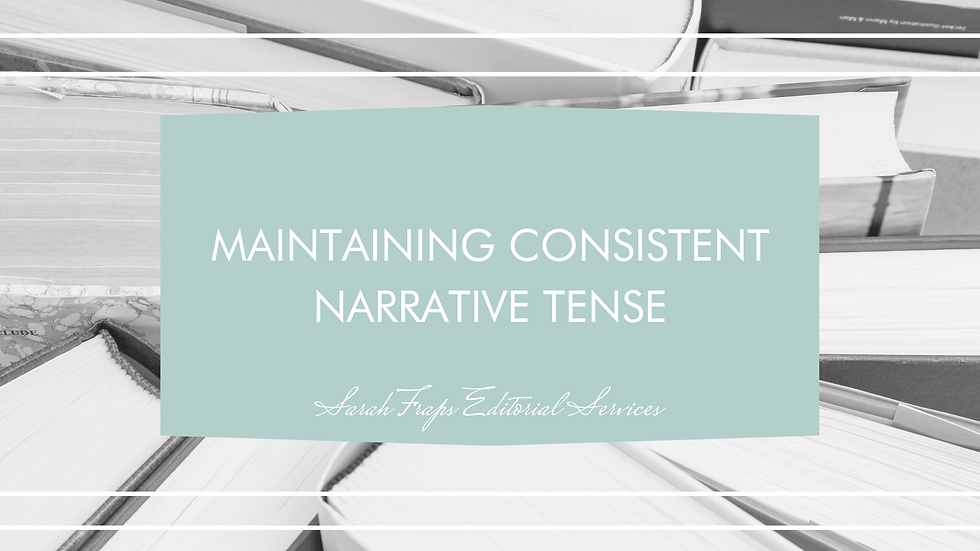Discovering your book's theme
- Sarah Fraps

- May 23, 2025
- 3 min read
When writing fiction, it’s easy to get caught up in plot twists, character arcs, and world-building. But behind every compelling story lies something deeper—something that connects the narrative to a reader’s heart. That "something" is theme. More than just a literary device, theme is the emotional core of your story, the underlying message or question that gives your novel its soul.

Rather than being spelled out for the reader, or "on the nose" as I like to say, themes often emerge through your characters’ struggles, the choices they face, and the consequences that unfold for them. A strong theme lingers, invites reflection, and adds weight to your narrative.
What is theme in fiction?
A theme is not just a subject—it's a perspective or insight on a universal idea. Love, death, freedom, power, and identity are common starting points, but the real power lies in how your story examines those ideas. Two books can explore the same theme in radically different ways. For example, both Pride and Prejudice and The Fault in Our Stars deal with love, but one navigates it through the lens of social class and reputation, while the other explores love in the face of terminal illness.
Some authors set out to write their book with a theme in mind, but often, theme is something you discover during or after writing. It may be hinted at through recurring motifs, character arcs, or the resolution of conflict. If you find yourself circling the same emotional questions or philosophical concerns, chances are you’ve found your theme.
Three examples of themes in action
Pride and Prejudice by Jane Austen
Theme: Social class and the danger of first impressions
In this classic romance, Elizabeth Bennet and Mr. Darcy must overcome their pride and assumptions to truly understand one another. The theme reveals itself through their evolving relationship and the social pressures that distort their perceptions. It challenges the reader to consider how status, reputation, and first impressions can interfere with genuine connection.
1984 by George Orwell
Theme: The loss of individuality under totalitarian control
This dystopian novel explores the terrifying extent to which a government can manipulate truth, suppress freedom, and erase identity. Orwell’s theme emerges in the bleak, oppressive world he builds and the internal resistance of protagonist Winston Smith. It's not just a warning about political systems—it’s a meditation on what it means to be human in a world that tries to erase your very sense of self.
The Fault in Our Stars by John Green
Theme: The search for meaning in the face of mortality
John Green’s emotionally charged story follows teenagers living with terminal illness who fall in love while grappling with questions of legacy and existence. The theme unfolds in their conversations, choices, and the bittersweet beauty of their relationship. It examines how love, humor, and honesty can offer meaning even when time is limited.
How to discover your book's theme
If you’re unsure what your book's theme is, take a step back and ask yourself a few questions:
What are your characters struggling with emotionally?
What seems to repeat itself in your writing—either in symbols, conflicts, or dialogue?
What does your story say about the world or human nature?
Then, look at your ending and consider: How is the central conflict resolved, and what emotional truth does that resolution carry?
You don’t need to outline your theme before you write, but once you uncover it, you can refine your draft to bring it into clearer focus—through subplots, recurring imagery, or even subtle shifts in dialogue.
Let theme guide your narrative
Theme isn’t a message you deliver—it’s a current running beneath the surface of your story. It connects the reader to the emotional truth of your narrative and elevates it from a sequence of events to something meaningful and memorable. When you discover your theme, you find the heart of your story—and that’s what readers remember most.








Comments